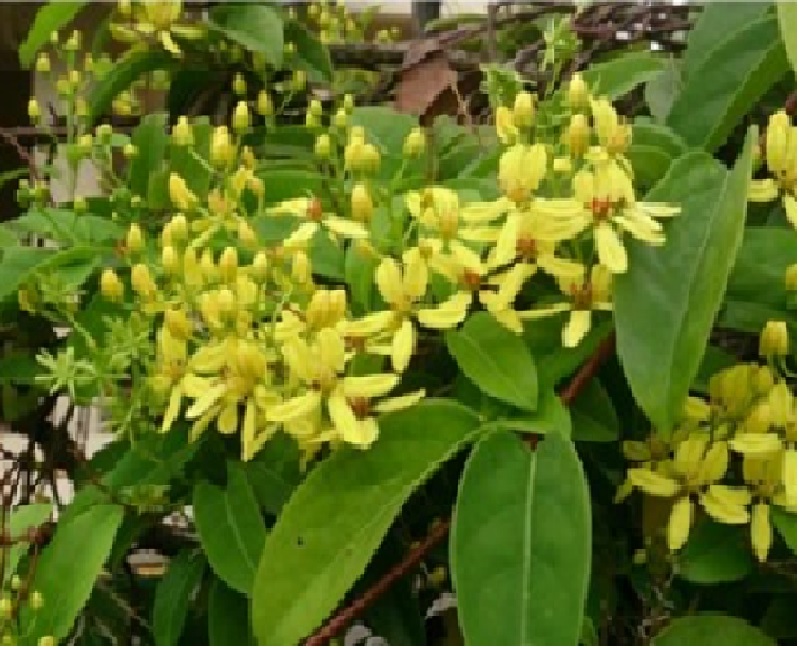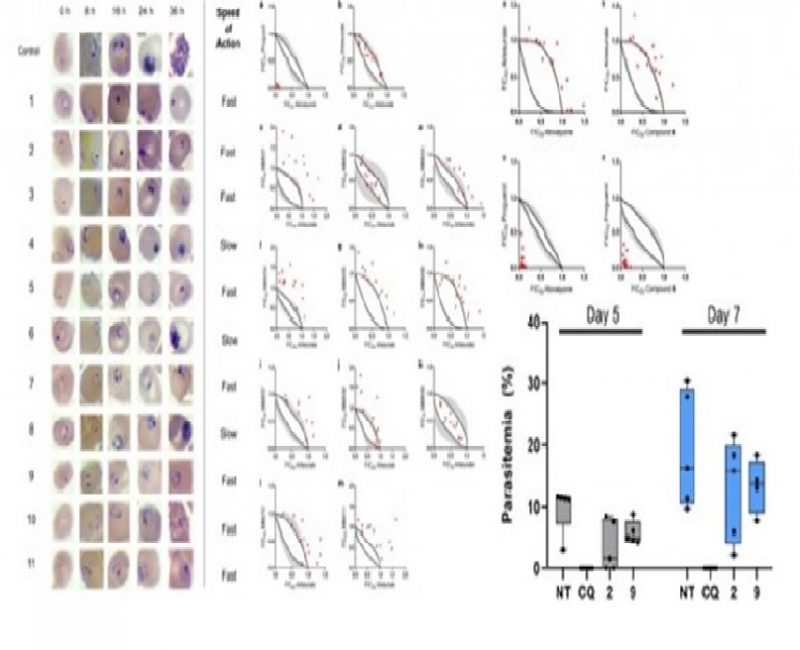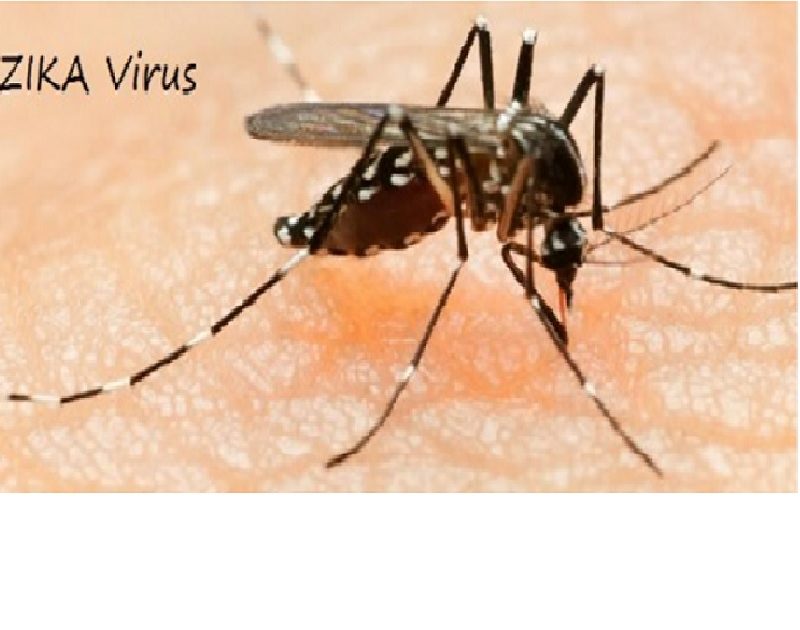
Authors:
Fraige, Karina 1 ; Dametto, Alessandra Cristina 1 ; Zeraik, Maria Luiza 2, 1 ; de Freitas, Larissa 1 ; Saraiva, Amanda Correia 3 ; Medeiros, Alexandra Ivo 3 ; Castro-Gamboa, Ian 1 ; Cavalheiro, Alberto Jose 1 ; Silva, Dulce Helena S. 1 ; Lopes, Norberto Peporine 4 ; Bolzani, Vanderlan S. 1
Abstract:
Introduction
Byrsonima species have been used in the treatment of gastrointestinal and gynecological inflammations, skin infections and snakebites. Based on their biological activities, it is important to study other organisms from this genus and to identify their metabolites. Objectives
To determine the metabolic fingerprinting of methanol and ethyl acetate extracts of four Byrsonima species (B. intermedia, B. coccolobifolia, B. verbascifolia and B. sericea) by HPLC-DAD-ESI-MS/MS and evaluate their in vitro antioxidant, anti-glycation, anti-inflammatory and cytotoxic activities.
Materials and methods
Antioxidant activity was determined by DPPH, ABTS(+) and ROO scavenging assays. Anti-glycation activity was evaluated by the ability to inhibit the formation of advanced glycation endproducts (AGEs). Anti-inflammatory activity was evaluated using a murine macrophage cell line (RAW 264-7) in the presence of lipopolysaccharide (LPS). Tumour necrosis factor alpha (TNF-) and nitrite (NO2-) production were measured by ELISA and the Griess reaction, respectively. The compounds present in the extracts were tentatively identified by HPLC-DAD-ESI-MS/MS.
Results
The evaluation of the biological activities showed the potential of the extracts. The activities were assigned to the presence of glycoside flavonoids mainly derived from quercetin, quinic acid derivatives, gallic acid derivatives, galloylquinic acids and proanthocyanidins. Two isomers of sinapic acid-O-hexoside were described for the first time in a Byrsonima species.
Conclusion
This research contributes to the study of the genus, it is the first report of the chemical composition of B. sericea and demonstrates the importance of the dereplication process, allowing the identification of known compounds without time-consuming procedures. Copyright © 2017 John Wiley & Sons, Ltd.
1 Univ Estadual Paulista Julio de Mesquita Filho UN, Nucleo Bioensaios Biossintese & Ecofisiol Prod Na, Inst Quim Araraquara, Dept Quim Organ, BR-14800900 Araraquara, SP – Brazil
2 Univ Estadual Londrina, Dept Quim, BR-86051990 Londrina, PR – Brazil
3 Univ Estadual Paulista UNESP, Dept Ciencias Biol, Fac Ciencias Farmaceut, BR-14800903 Araraquara, SP – Brazil
4 Univ Sao Paulo, Dept Fis & Quim, Fac Ciencias Farmaceut Ribeirao Preto, NPPNS, BR-14040903 Ribeirao Preto – Brazil
Link to full article: https://onlinelibrary.wiley.com/doi/epdf/10.1002/pca.2734







